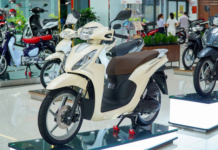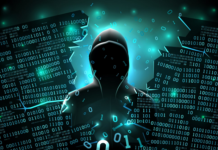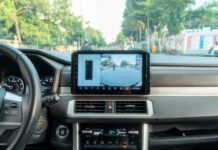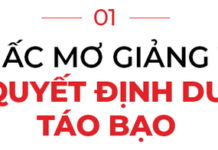Recently, social media has been abuzz with videos of users attempting to use portrait photos for biometric scanning on banking apps when transferring amounts over 10 million VND, instead of using the account holder’s actual face. Interestingly, these transactions using static images were all successful. These videos garnered thousands of likes and comments from users.
When asked about the authenticity of the content in these videos, a representative from one of the banks whose name appeared in the videos confirmed that their transfer process includes not only facial recognition but also the input of a Smart OTP to complete the transaction. Technologically speaking, the bank also affirmed that portrait photos do not meet the technical criteria for biometric authentication for transfers over 10 million VND.

Credit institutions implementing Decision 2345 need to have the ability to detect spoofing of biometric indicators of living objects (Liveness Detection) to prevent fraud and customer impersonation through images (static and dynamic), videos, 3D masks, and images and videos created by Deepfake technology. Illustrative image
A vice president of technology from another bank stated that facial recognition must meet certain technical criteria, such as blinking.
“At our bank, customers have to blink, and their faces have to fit within the frame for the authentication to be successful. The State Bank also has technical standards that banks must adhere to. These standards and criteria are regularly updated, and while customers may find them inconvenient at first, they are necessary for long-term security and protection against fraud and scams,” said the vice president of a bank in Ho Chi Minh City.
When our reporter attempted to use a portrait photo to transfer an amount over 10 million VND through a banking app, the system could not authenticate the transaction, and it was not successful.
A technology leader from another commercial bank shared that during the initial implementation of facial recognition at the beginning of July, there was indeed a bank that encountered this issue, but they promptly fixed it. In principle, technology needs to be constantly improved and adapted to keep up with reality. As fraudsters continuously devise new schemes, banks must detect and address them.
“Before the introduction of facial recognition, customers were already required to enter an OTP, Smart OTP, and password. Now, there is an additional layer of protection with facial recognition, and the other authentication methods are still in place. The key to biometric authentication also lies in verifying the account holder’s identity, and fraudsters attempting to use fake or stolen accounts will not be able to transfer amounts over 10 million VND,” the leader analyzed.
The State Bank has recently sent a document to credit institutions and branches of foreign banks, requesting them to review and establish technical criteria for biometric authentication solutions to ensure accurate identification of the transacting entity. There should be a feature to detect spoofing of biometric indicators of living objects (Liveness Detection) to prevent fraud and customer impersonation through images (static and dynamic), videos, 3D masks, and images and videos created by Deepfake technology.
Credit institutions are required to report the implementation results to the Information Technology Department of the State Bank by July 20.
The Easiest Way to Register Your Biometric Data with Digimi Digital Bank
As of now, banks, e-wallets, and users are in a race to update their biometric data before the impending Decision 2345/QD-NHNN comes into force. This pivotal decision is set to revolutionize the way we interact with our financial institutions and digital assets, ushering in a new era of secure and seamless transactions.
“An Unsuccessful Overnight Endeavor: Biometric Authentication Fails Due to Cosmetic Surgery”
Navigating a myriad of hurdles, from multiple bank visits and countless photos for biometric confirmation to unsuccessful money transfers and facial recognition failures due to cosmetic surgery, users are facing a plethora of challenges with the new digital banking platform. These issues are creating a frustrating experience for customers, leaving them exasperated and seeking solutions. It’s time to address these problems head-on and ensure a seamless digital banking journey for all.
Biometric Authentication for Money Transfers: ‘An Absolute Necessity’
Mr. Pham Tien Dung, Deputy Governor of the State Bank of Vietnam, emphasized that biometric authentication adds an extra layer of security to banking systems, enhancing customer protection. He stated, “This is a massive campaign and an absolute necessity; there is no alternative.”









































